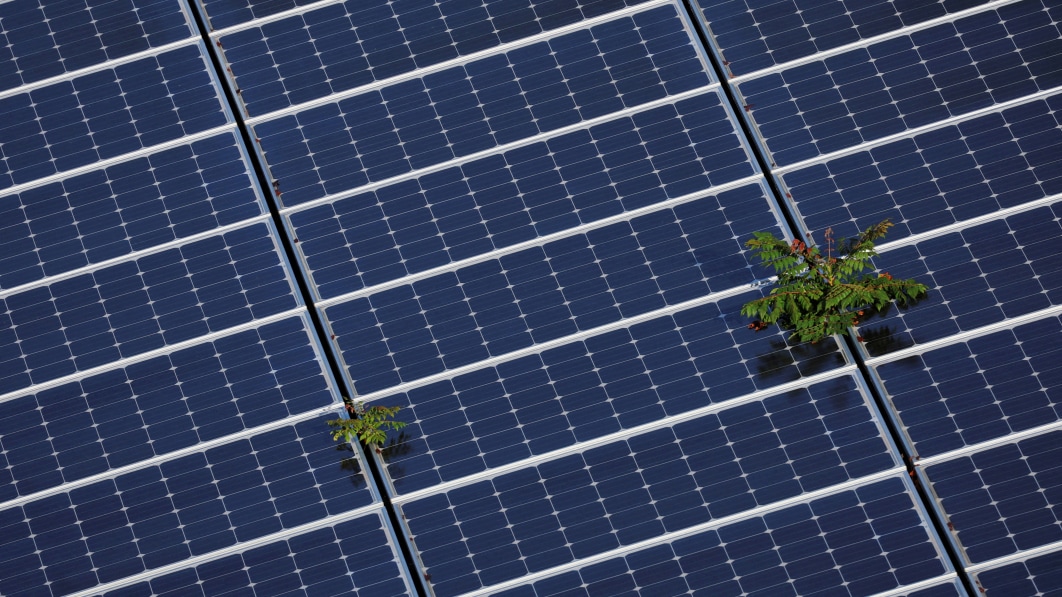
A two-year U.S. tariff holiday on solar panels from Southeast Asia expired on Thursday, starting the clock ticking for American project developers to use the huge amount of equipment they stockpiled duty-free over that period by the end of this year.
The dynamic could result in a mini-boom in already red-hot U.S. solar installations, while also annoying the nascent domestic manufacturing industry which is keen to see developers make the switch to American-made gear.
U.S. solar developers accumulated around 35 gigawatts (GW) of imported panels in U.S. warehouses since President Joe Biden
That is nearly as much solar capacity as the U.S. will install during all of 2024, according to research firm Wood Mackenzie.
The vast majority of the inventory is believed to have come from the targeted countries, and once the tariffs snap back into place on June 6, companies will have just 180 days to use that Southeast Asian stock or they will need to pay up.
Companies have already dramatically increased project building, with utility-scale installations soaring 135% to 9.8 GW in the first quarter, according to Wood Mackenzie.
“The temporary tariff moratorium did its job to ensure a sufficient supply of solar modules to support the need for increased clean energy deployment,” said Stacy Ettinger, senior vice president of supply chain and trade for the Solar Energy Industries Association, a trade group.
An attorney for U.S. solar manufacturers who are seeking new tariffs on Southeast Asian imports said it was unrealistic to expect all the inventory to be used in the next six months.
“The tariff moratorium led to this surge and glut of inventories that we’re seeing today, that has also contributed to the 50% price collapse in the market that is harming the U.S. industry,” Tim Brightbill, a trade attorney with Wiley Rein, said, referring to domestic manufacturers of panels.
The glut of panels marks an about-face for the U.S. industry, which until a year ago was struggling with tight supplies due to the coronavirus pandemic and concerns about solar equipment linked to forced labor, among other constraints.
Solar imports surged since the beginning of 2023 and were up nearly 14% in the first quarter this year – with 88% of that from the targeted countries, according to S&P Global Market Intelligence. The tariffs are meant to target imports by companies found to be dodging U.S. duties on Chinese goods by finishing panels in the four Southeast Asian nations.